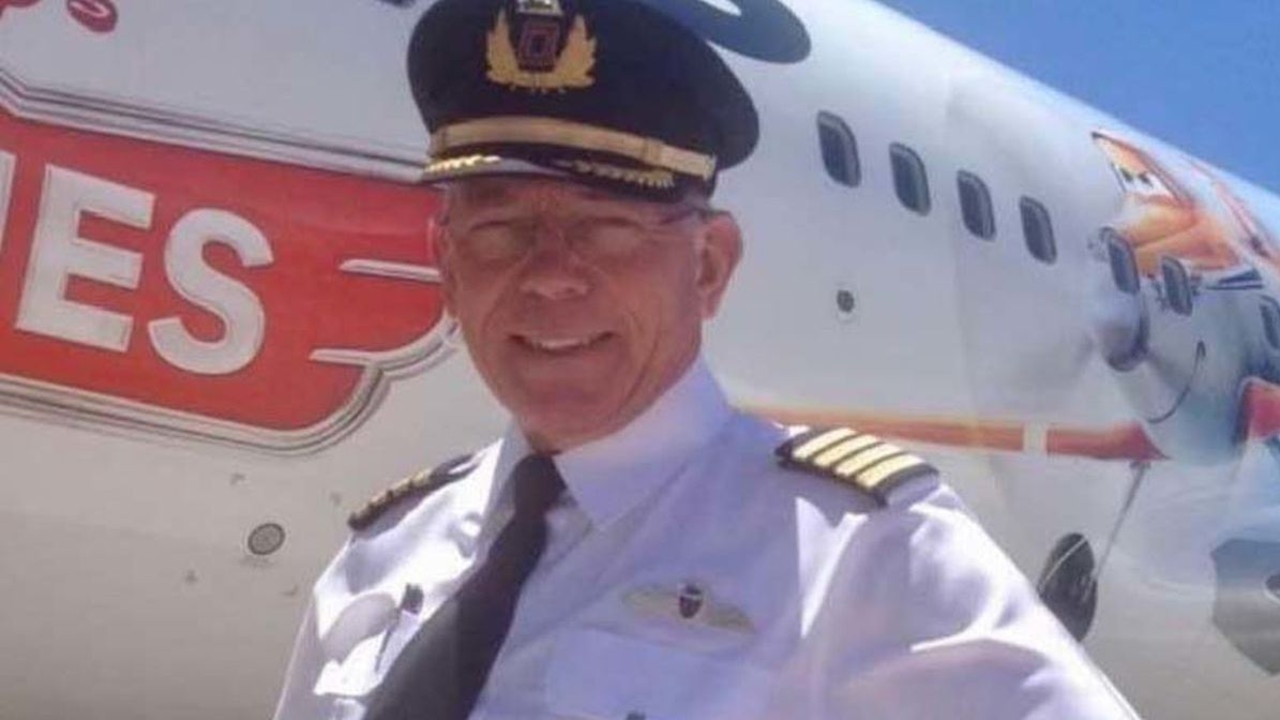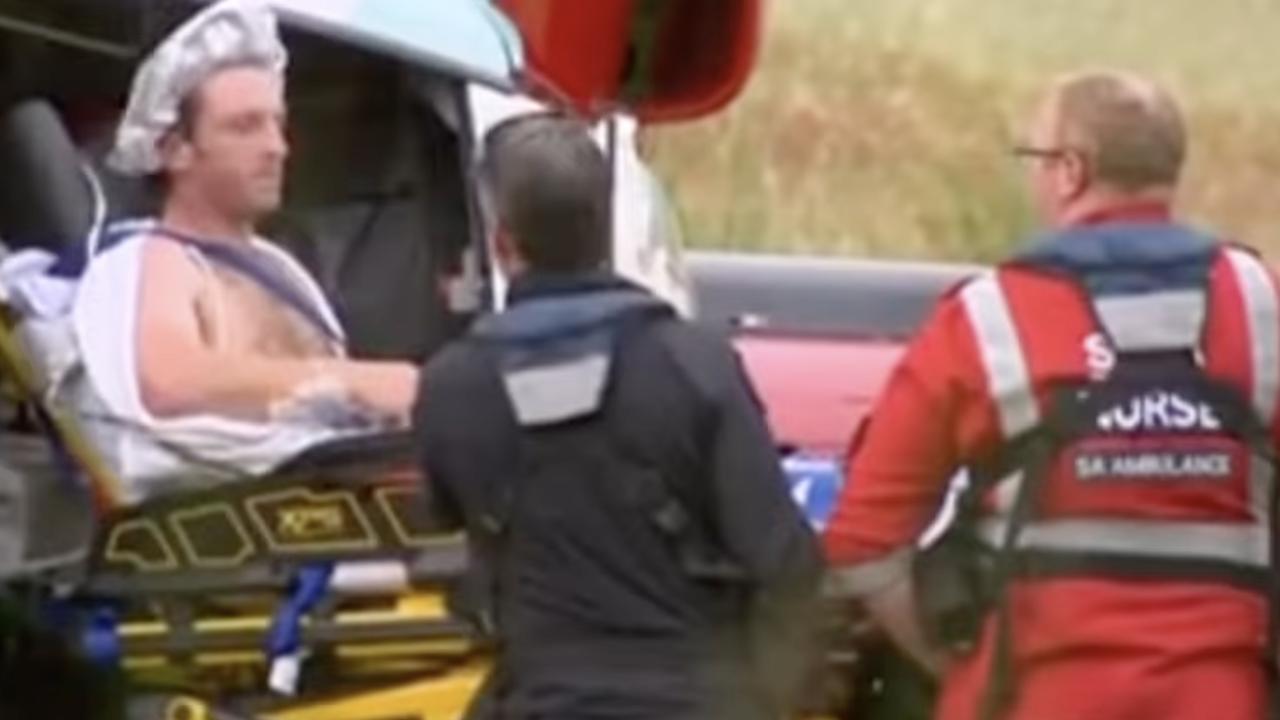‘Desperate’ final 12 minutes of MH370 passengers and crew
A compelling new theory about the last moments of the 239 souls on board doomed flight MH370 has been revealed in a ground-breaking book.
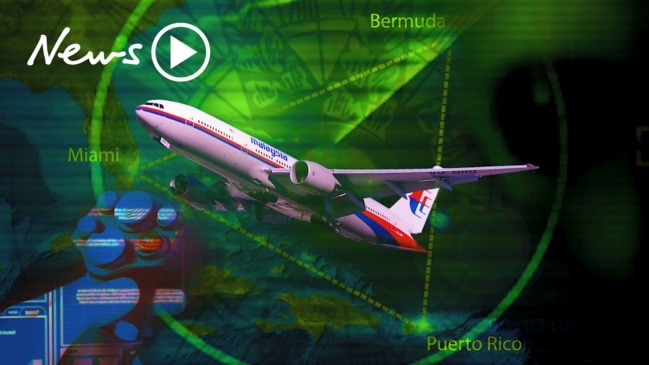
Award-winning journalist Ean Higgins has spent years investigating the MH370 plane crash disaster. In this edited extract from his book The Hunt for MH370, he explores the theory that a rapid on-board fire decimated the plane, leaving passengers and crew desperately scrambling to save themselves, and the lives of hundreds of others on the ground below.
*****************
About 40 minutes into the flight, having settled onto cruise altitude, MH370 first officer Fariq Abdul Hamid was regaling Captain Zaharie Ahmad Shah of his marriage plans.
Fariq’s fiancee was the beautiful Nadira Ramli, whom he had met at Langkawi flying school about nine years earlier; she was a pilot on Malaysia Airlines’ budget rival, AirAsia.
Just as Fariq was mid-sentence extolling the many virtues of his beloved Nadira, the left, pilot-side windshield heater caught fire, burning out some circuits including that of the secondary radar transponder and ACARS system.
Well trained for such emergencies, both pilots immediately donned their oxygen masks and Zaharie ordered Fariq to turn off the left electrical AC bus to cut power to the short-circuiting heater.
In the process, though they were not to know it, the pilots turned off the satellite data unit that makes the electronic handshakes with Inmarsat.
As Fariq concentrated on controlling the aircraft, Zaharie fought the fire with an extinguisher, both pilots waiting until the immediate crisis was in hand before making a radio distress call.
Pilots are trained that radio communication is the third priority in such an in-flight emergency, after flying the aircraft and setting a heading to the nearest suitable airport.
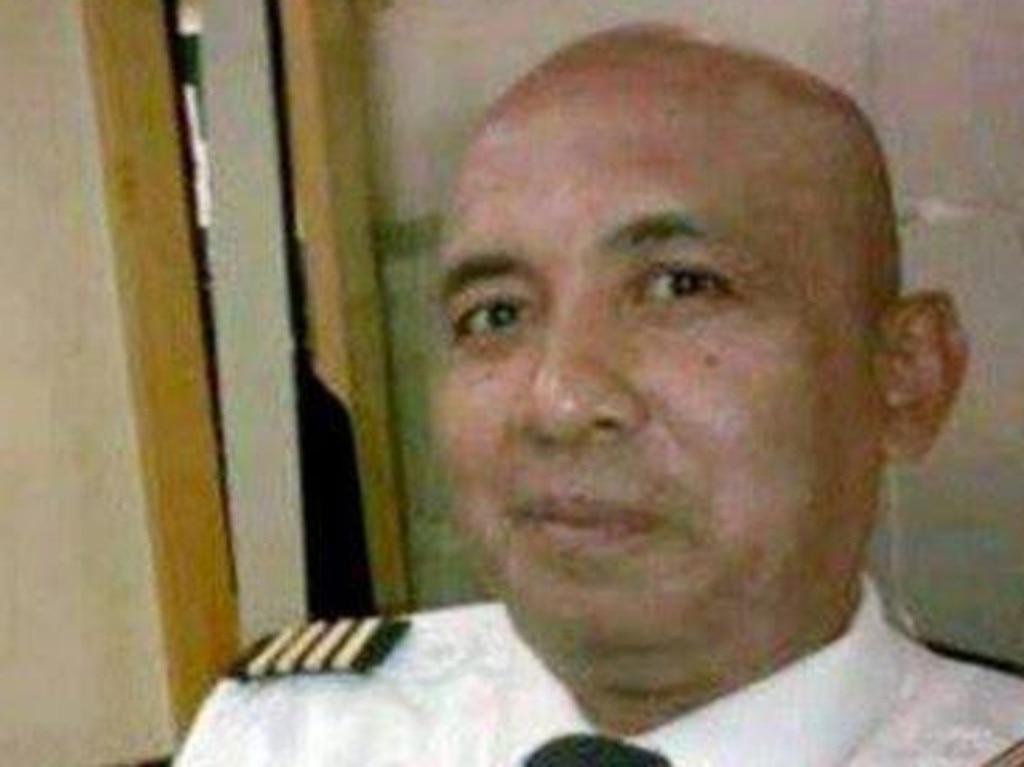
The drill is ‘aviate, navigate, communicate’, and Fariq did just that by making sure he had control of the aircraft by making a short initial turn right, then quickly turning back towards Malaysia and setting the autopilot on course for Kota Bharu.
Then, disaster. While reaching with the extinguisher, Zaharie accidentally pulled the tube from his oxygen mask out of its socket. With nothing to stop it, the pilot’s oxygen bottle started dumping the highly flammable gas at a huge rate into the cockpit, creating a violent fire impossible to control. Zaharie, since he was not in his seat, managed to make it out of the cockpit alive, but badly burnt. Fariq, still strapped in, perished in the inferno.
TWELVE DESPERATE MINUTES
Then the crisis compounded. The fire weakened the bottom of the windshield and dislodged it, leading to the air rushing out of the cockpit and a sharp fall in temperature, putting out the fire.
The decompression of the aircraft, still at high altitude, would cause the oxygen masks to drop, providing about 12 minutes of breathing for the passengers — not quite enough time for the aircraft to get over Kota Bharu and enable them to make a mobile phone call.
Zaharie got to one of the portable oxygen bottles and masks available to the crew before hypoxia set in.
Once the fire was out, though badly injured but with the help of a flight attendant, he returned to the cockpit, but found a scene of devastation.
Apart from killing his co-pilot, the fire had partly, but not completely, gutted the flight deck.
Some elements, including the radio, satellite phone and ACARS system, had melted, cutting off all forms of communication.
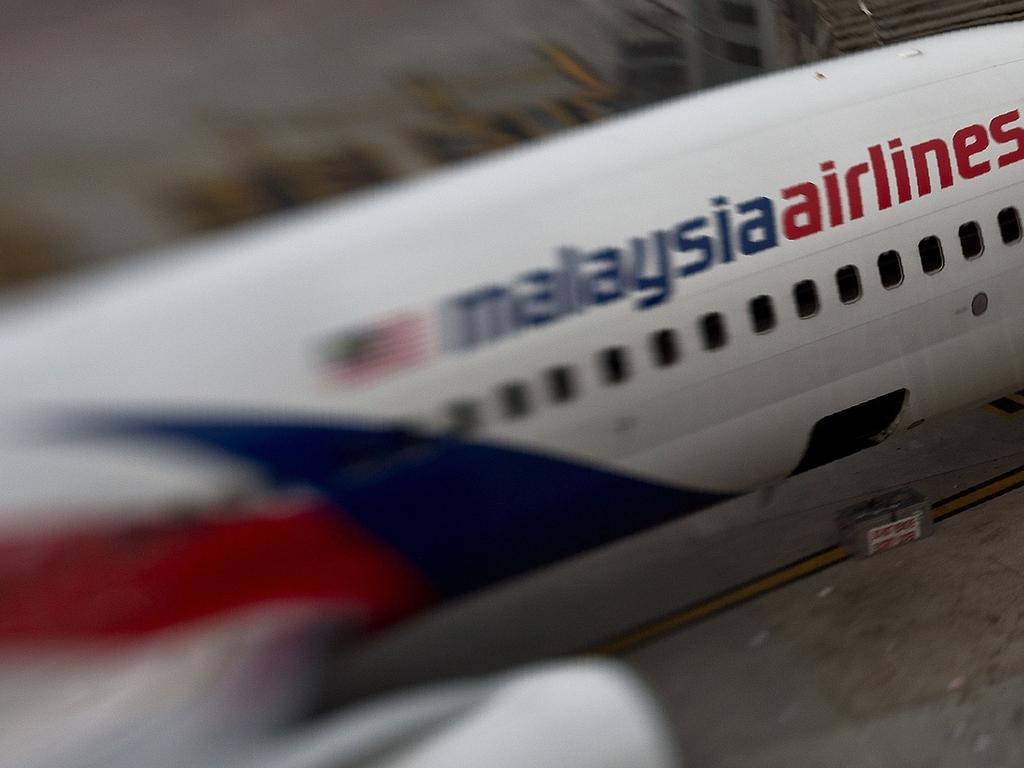
A GRUESOME BATTLE
It then became a battle of gruesome desperation and bravery, with a badly injured Zaharie returning for brief periods to the freezing, wind-blasted cockpit to try to regain control, with the aid of the flight attendant.
The flight management system was sufficiently intact to set new headings, although the fire had knocked out the auto-throttle so Zaharie could not set it to descend.
On a dark night, with a smoky windscreen and some non-functioning instruments, taking over manual control would be problematic and risky.
As Zaharie flew over Penang he decided to turn northwest up the Straits of Malacca, away from built-up areas, to continue the troubleshooting process, during which time he turned the left electrical AC bus back on, repowering the satellite data unit.
But then, with his own and his assistant’s portable oxygen tanks running out, and all the passengers and the rest of the cabin crew either comatose or dead, Zaharie accepted the game was up.
He briefly removed his oxygen mask, and told the flight attendant, “It’s two of us versus the danger of killing a whole lot of people in a busy shipping channel”.
Zaharie turned the autopilot to a southerly heading, pointing the aircraft to nowhere in the southern Indian Ocean and soon MH370 became a ghost flight, exactly as the Australian Transport Safety Bureau said.
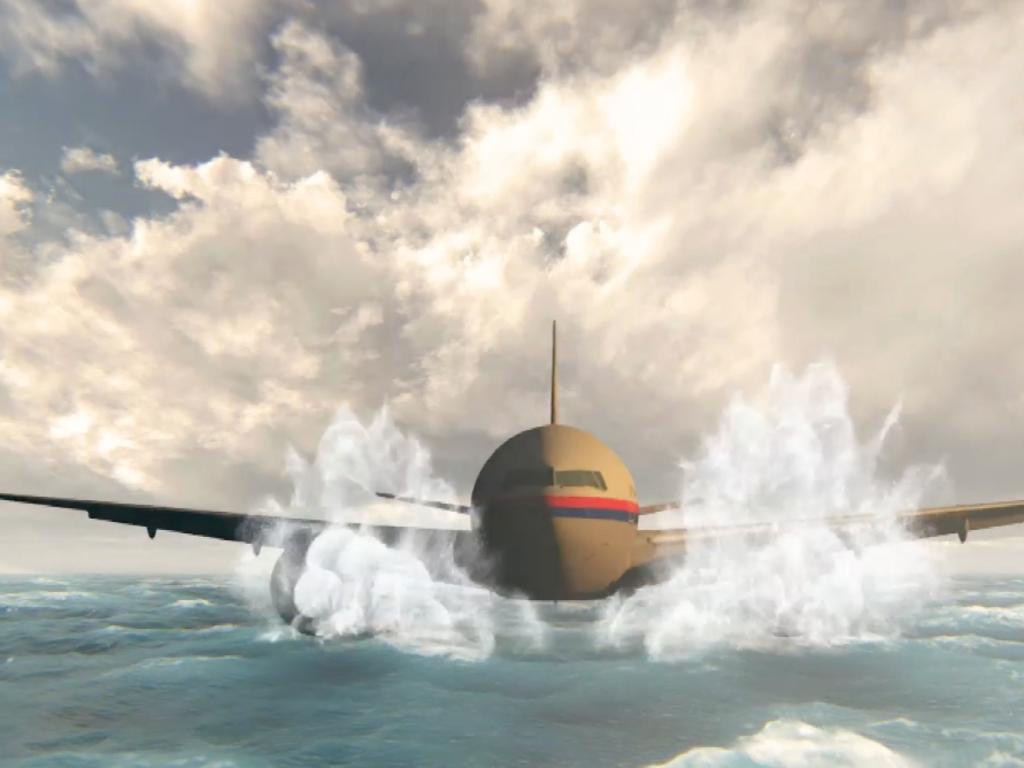
DOES THIS THEORY STACK UP?
There are a lot of attractions with this theory, which was put to me by former RAAF supply officer, retired logistics manager with Ansett, private pilot and amateur aviation sleuth, Mick Gilbert.
Among other elements, it deals with the sub-mystery of why the satellite data unit was turned off for a time, then came back on.
There are plenty of precedents of on-board fires. South African Airways Flight 295 is one. Another is Swissair Flight 111 which came down in 1998 off the coast of Nova Scotia as a result of a rapidly spreading fire started by an electrical short circuit, killing 229 people.
Yet another example, also discussed later on, is the 1991 in-flight fire and crash in Saudi Arabia of a Nationair DC-8 in which 261 died.
The one which Gilbert focused on, though, was EgyptAir Flight 667, an accident involving a Boeing 777 in Cairo in 2011.
The aircraft was, fortunately, still on the ground at the time, rather than in the air on the way to its scheduled destination of Jeddah, Saudi Arabia.


As the crew were waiting for a late passenger, an oxygen fire, the result of a suspected electrical fault, broke out and spread quickly from a rupture in the tube to the first officer’s oxygen mask. The blaze melted many, but not all, control features in the cockpit.
The captain immediately ordered the first officer to leave the cockpit and evacuate the passengers while he fought the fire with an extinguisher, but the damage was extensive.
There are photos on the web of the EgyptAir Flight 667 cockpit, showing the blackened features from the oxygen fire with some communications and navigation equipment melted, but others not.
The ‘On-board Fire’ theory does rely on a lot of things happening in sequence, but air accidents very often do involve not just one improbable event, but several.
— The is an edited extract from The Hunt for M370 by Ean Higgins (Pan Macmillan Australia $32.99).


